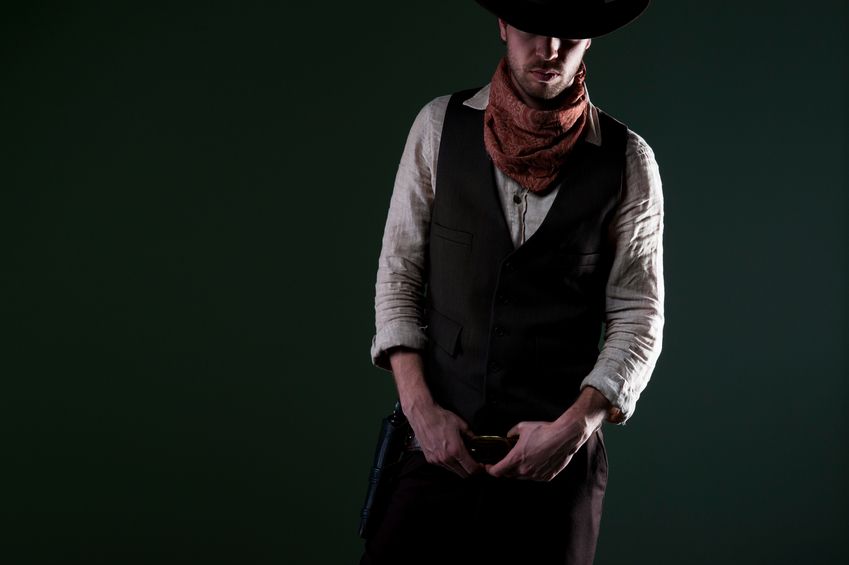The different genres of film mean that there is something out there for everyone. From film noir to romance, whatever your tastes there is a film or even a whole genre that encapsulates it perfectly.
One genre that took over the expanse of the movie world throughout the 1950s is undoubtedly the western. Actors such as John Wayne and Clint Eastwood have become part of the cultural consciousness, the epitome of the rugged cowboy on an adventure to fight a corrupt lawman in an array of epic gun fights. These movies were at their peak a grand production that involved many key film elements to become a staple genre of the movie world.

Location, Location, Location

- Ghost Ranch – this is the location where many Western films have been located over the years; even a more modern take on the genre Cowboys & Aliens was filmed here. This site is now open to the public and even offers a Georgia O’Keeffe tour, showcasing the famous New Mexican landscapes both she and western films are famous for. Other famous films that came to life in the expanse of this range include 3:10 to Yuma, City Slickers and Wyatt Earp.
- Lake Powell – many rock formations make up this stunning location, including the Rainbow Bridge which appears in many western films. Examples include Mackenna’s Gold and Bandolero!
- Monument Valley – a John Ford staple, this valley features in many of his films such as The Searchers, Fort Apache and Stagecoach. It is also a location sought after across many genres and media platforms; it has been featured in other films such as Back to the Future III and Mission Impossible and even TV’s Doctor Who under Matt Smith’s iteration of the Doctor.
- Little Hollywood – even if you have never been to the state of Utah you will recognise its landscapes. Over one hundred movies and television shows have been filmed in this iconic setting. From the silent The Deadwood Coach to The Lone Ranger, Utah was no stranger to famous Western faces thanks to this location.
Whilst Tombstone is not the location of a famous on-screen Western, as the site of the infamous Gunfight at the O.K. Corral between a group of cowboys and lawmen it is the site of perhaps the most famous incident of the whole American Wild West. With that being the case, why wouldn’t you want to visit this iconic town?
Lights…

A classic lighting technique in the 1950s, and subsequently throughout the Western genre, was the three-point lighting system. This was especially prevalent during indoor scenes, such as saloons or the lawman’s offices. Light is emitted from three directions in order to achieve this effect. A backlight makes the subject stand out from the background, a bright key light highlights the subject and fill light from the side eliminates dark shadows in a shot.
It was these techniques that created the aesthetic of the genre as we know and love it.
Camera…

Frequently there is the use of a close up to focus in on the finger of a cowboy on the trigger. This is a staple of the genre, so much so that it has almost become a cliché.
Action!

Have you created your very own home western? Then we here at Cine2DVD would love to help you convert these fun memories from cine film. It is our goal to bring the past into the future for you to enjoy for years more to come. To find out more about how our services can help you achieve this, contact us on 0800 592433 and our friendly team will be happy to help with all of your enquiries.
